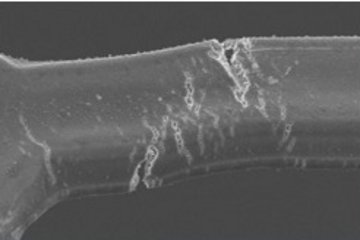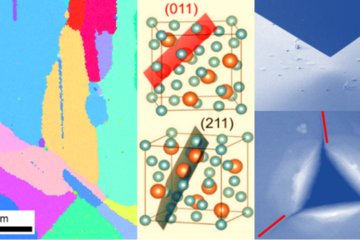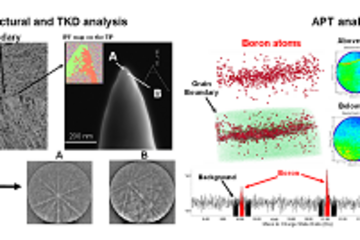All genres
21.
Talk
Segregation and precipitation at grain boundaries in an Al-Zn-Mg-Cu alloy. Advanced Metallic Systems CDT seminar, virtual, Manchester, UK (2020)
22.
Talk
Segregation and precipitation at grain boundaries in an Al-Zn-Mg-Cu alloy. 17th International Conference on Aluminium Alloys ICAA 2020, virtual, Grenoble, France (accepted)
23.
Talk
Modeling crystal growth and materials design in high dimensional chemical and structural configuration spaces. German Conference on Crystal Growth DKT 2020, München/Garching, Germany (2020)
24.
Talk
Materials Design in High Dimensional Chemical and Structural Configuration Spaces. TMS 2020 Annual Meeting & Exhibition, San Diego, CA, USA (2020)
25.
Talk
Interplay of chemistry and faceting at grain boundaries in a model Al-alloy. TMS Annual Meeting & Exhibition, San Diego, CA, USA (2020)
26.
Talk
Construction and exploitation of large ab initio data spaces to design materials with superior mechanical properties. MRS-J: Materials Research Meeting 2019, Yokohama, Japan (2019)
27.
Talk
Ab initio input for multiphysics models: Accuracy, performance and challenges. ISAM4: The fourth International Symposium on Atomistic and Multiscale Modeling of Mechanics and Multiphysics, Erlangen, Germany (2019)
28.
Talk
Computing and modelling solute-grain boundary interaction. Canadian Materials Science Conference, Vancouver, Canada (2019)
29.
Talk
High-throughput calculations and modelling of solute-GB segregation. Thermec 2018 Conference, Paris, France (2018)
30.
Preprint
Systematic Structure Datasets for Machine Learning Potentials: Application to Moment Tensor Potentials of Magnesium and its Defects. arXiv (2022)











